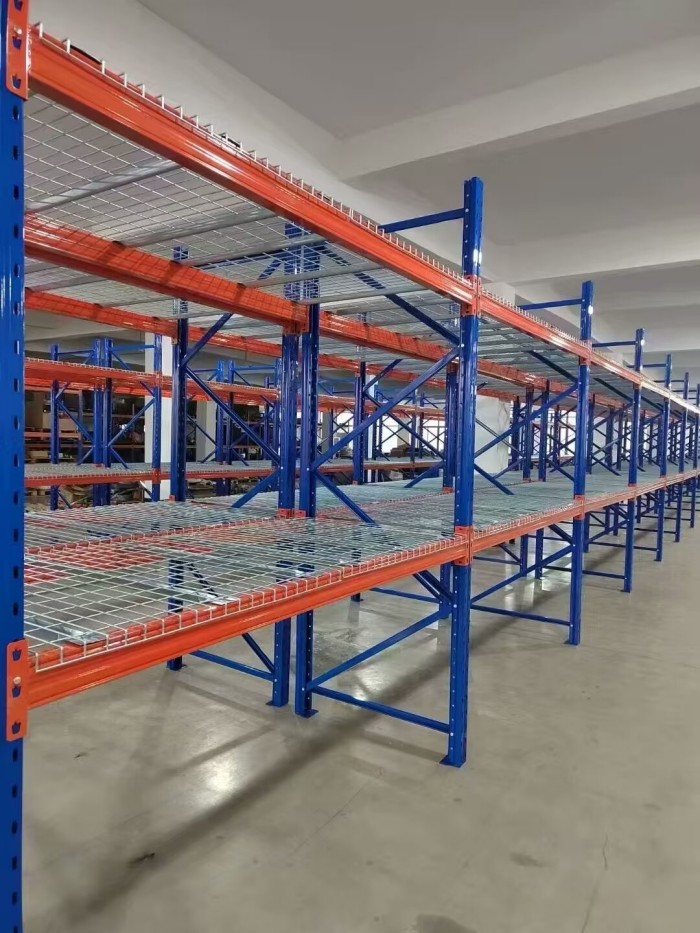
When it comes to insulating materials, foam often comes to mind due to its widespread use in various industries. But is foam really a good insulator of heat? In this article, we will delve into the properties of foam and explore its effectiveness as a heat insulator. Through a comprehensive analysis, we aim to provide you with a deeper understanding of foam's thermal insulation capabilities.
- Understanding Foam:
Foam is a versatile material that can be found in different forms, such as polyurethane foam, polystyrene foam, and polyethylene foam. It is composed of a network of gas-filled cells, which give foam its lightweight and porous structure. This unique structure plays a crucial role in determining its thermal insulation properties. - Thermal Conductivity:
To evaluate foam's effectiveness as a heat insulator, we need to consider its thermal conductivity. Thermal conductivity refers to a material's ability to conduct heat. Lower thermal conductivity indicates better insulation properties. Foam, with its porous structure and trapped air pockets, exhibits low thermal conductivity, making it an efficient heat insulator. - Closed-Cell vs. Open-Cell Foam:
Foam can be classified into two main types: closed-cell foam and open-cell foam. Closed-cell foam has sealed cells, preventing the passage of air or moisture, while open-cell foam has interconnected cells. Closed-cell foam offers superior insulation due to its higher density and lower permeability. It acts as a barrier to heat transfer, making it an excellent choice for applications requiring high thermal resistance. - Factors Affecting Foam's Insulation Performance:
Several factors can influence foam's insulation performance. These include foam density, thickness, and the presence of additives or coatings. Higher foam density generally results in better insulation, as it reduces the movement of air within the cells. Increasing foam thickness also enhances its insulation capabilities. Additionally, certain additives or coatings can further enhance foam's resistance to heat transfer. - Applications of Foam Insulation:
Foam's exceptional thermal insulation properties make it a popular choice in various industries. It is widely used in building construction, where it helps to reduce energy consumption by minimizing heat loss or gain. Foam insulation is also utilized in refrigeration systems, packaging materials, and even in the automotive industry to enhance energy efficiency and maintain temperature control.
Conclusion:
In conclusion, foam proves to be an effective heat insulator due to its low thermal conductivity and unique cellular structure. Its ability to resist heat transfer makes it an invaluable material in numerous applications. Whether it is closed-cell or open-cell foam, the insulation performance can be further optimized by considering factors such as density, thickness, and additives. So, the next time you encounter foam, remember its remarkable potential as a heat insulator.









